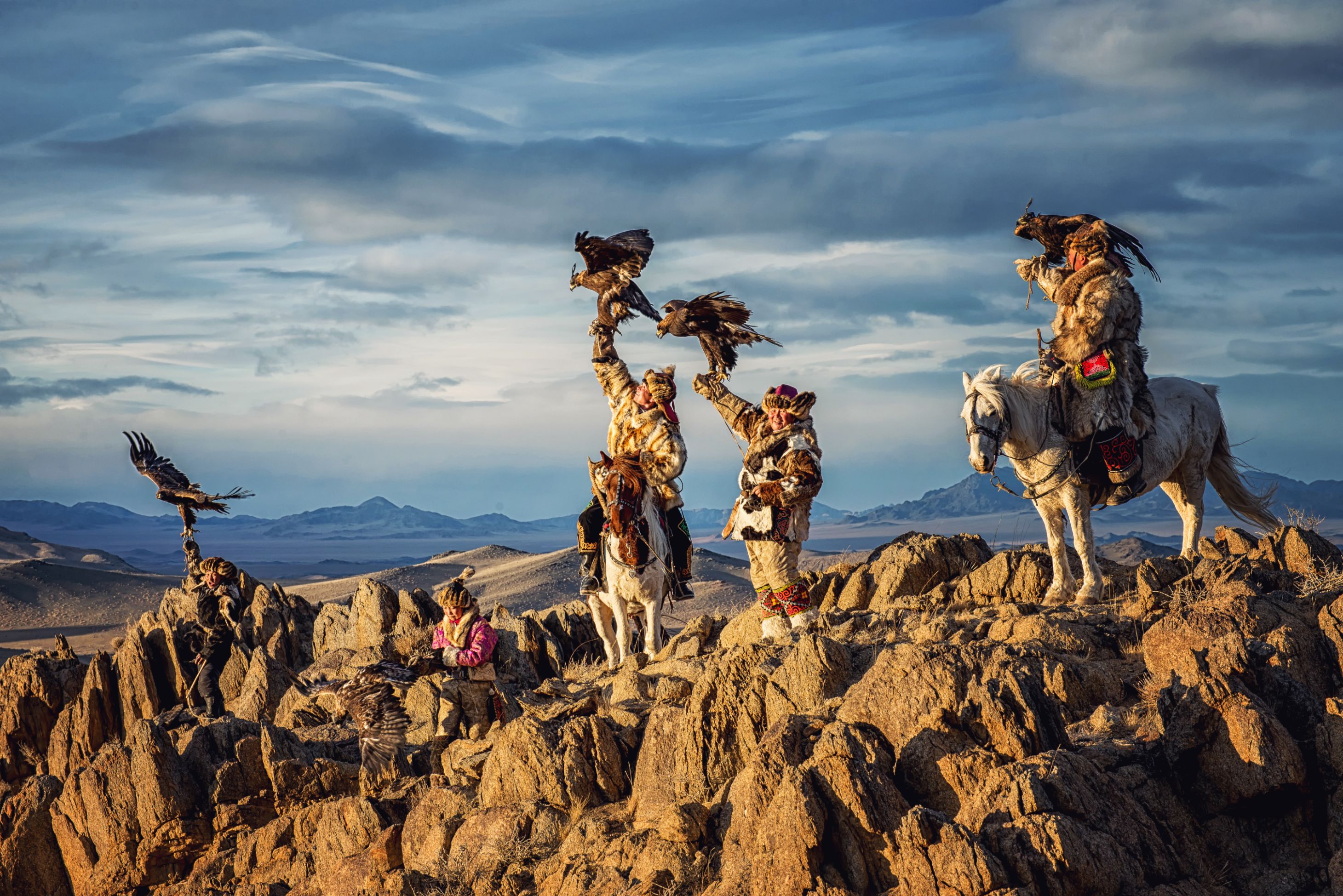In the Altai Mountains of western Mongolia, eagle hunting is a longstanding tradition often associated with men. While the practice has historically included women, modern norms have limited their visible participation. Semser Bahitnur, from a famous family of male eagle hunters, illustrates how contemporary women are typically relegated to domestic roles, even if they are capable of hunting. However, Bagdat Muktepkekyzy, a former eagle huntress and retired journalist, is actively committed to keeping the female legacy of the sport alive through educational initiatives in Kazakhstan.
Key Points:
- Historical Role: Kazakh women have historically been involved in eagle hunting, contradicting widely held beliefs that it’s a male-only tradition.
- Gender Norms: Modern Kazakh communities in Mongolia often marginalize women to domestic roles, pushing them away from active participation in eagle hunting.
- Female Trailblazers: Bagdat Muktepkekyzy, a retired journalist and former eagle huntress, established the first eagle training school in Kazakhstan and successfully lobbied for eagle hunting to be recognized as a national sport.
- Archaeological Evidence: The oldest known artifact depicting this kind of hunting is a 2,500-year-old golden ring, showing a woman on a running horse involved in a hunt, suggesting the tradition’s historical inclusivity of women.
- Tradition vs. Survival: With changing lifestyles and modern conveniences, eagle hunting is no longer a survival skill but more of a tradition to be preserved, possibly contributing to the gender shift in the sport.






